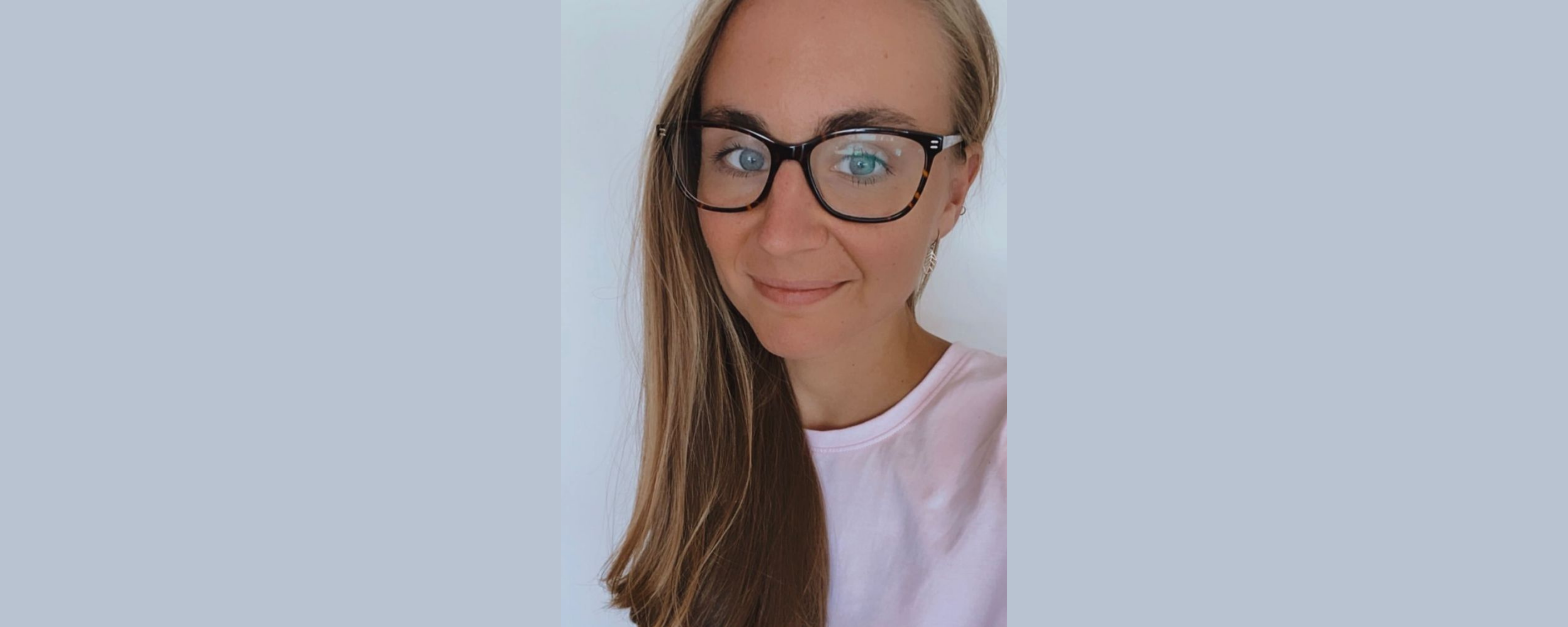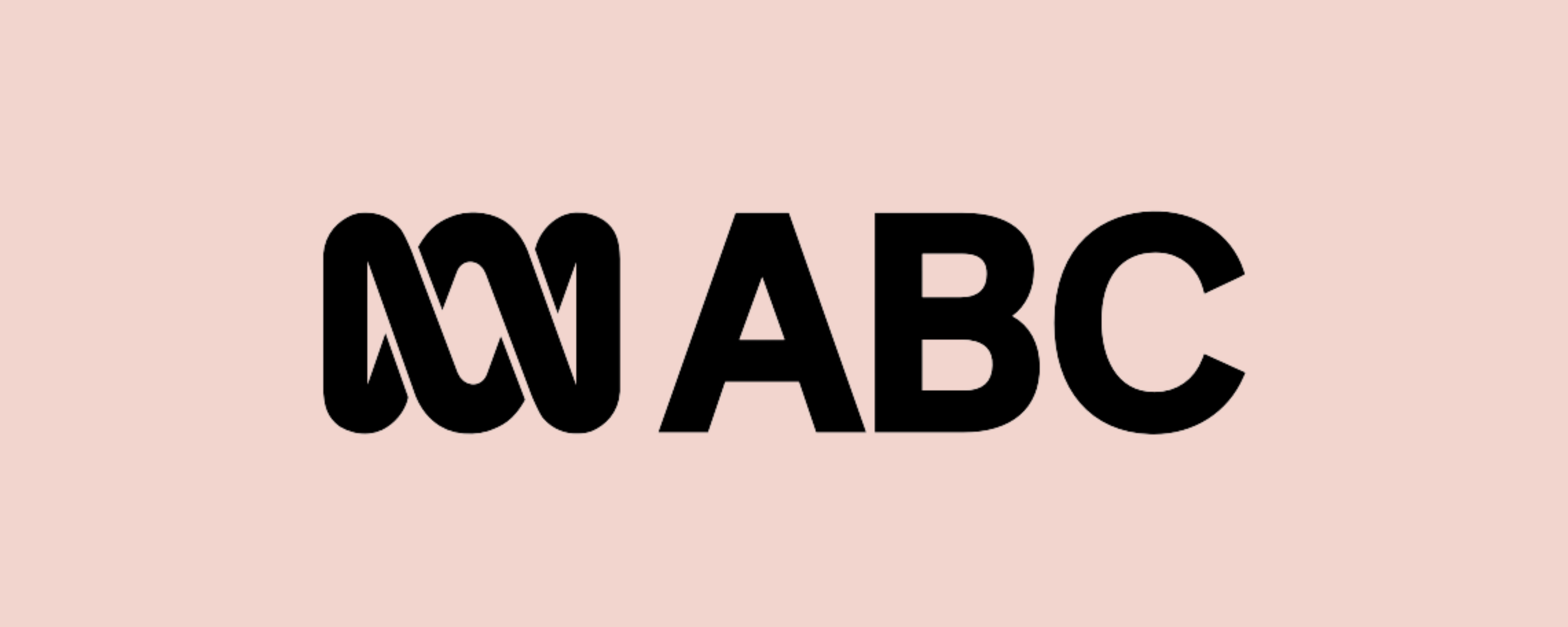Breastfeeding can take plenty of time and practice to get it right. From finding a comfortable position to securing a deep latch, these movements and postures can involve some trial and error for both mamas and babies.

That’s why it can be helpful to approach breastfeeding issues holistically and consider how our baby’s movement, coordination, and musculoskeletal development can impact our success in breastfeeding.
Today, we’re chatting with Dr Emily Jones, an Advanced Paediatric Osteopath, International Board Certified Lactation Consultant (IBCLC) and founder of Eltham-based clinic, Align & Nurture. Backed by over 15 years of clinical experience, Emily is one of the first Osteopaths in Australia to achieve the Advanced Paediatric Osteopath title.
In this blog, we chat to Emily about the Osteopathic approach to feeding issues, the techniques she commonly uses to navigate feeding issues and signs that an Osteopath may be helpful in your breastfeeding journey.
What is an Osteopath?
Before we go any further, let’s cover a few basics. An Osteopath is a trained healthcare provider that assesses how each part of our musculoskeletal system influences other parts of our body.
The Osteopathy philosophy is centred around a holistic approach to health, and sees the musculoskeletal system as key to our health and wellbeing.
Typically, an Osteopath uses a range of hands-on techniques combined with exercise and lifestyle advice to get our musculoskeletal system back into alignment.
What is the Osteopathic approach to feeding issues?
When it comes to breastfeeding and navigating any challenges that might come up, an Osteopath can work in conjunction with other healthcare providers (like Lactation Consultants) to understand the cause of these feeding issues.
As Emily explains, “breastfeeding is a learned, mechanical skill. If a baby has a tight neck or even a tight body, it’s going to make it hard for them to get into a comfortable position.”
“By us [Osteopaths] helping to address any areas of tightness that can enable them to feed more effectively,” reveals Emily.
“We take a case history where we ask about birth and pregnancy history. We also do an assessment for the baby, which is looking at posture and movement range of motion. And we look at breastfeeding as well, and consider if physical pain or discomfort may be impacting a mama's ability to feed,” tells Emily.
Like any kind of healthcare philosophy, there are no guarantees that Osteopathy can resolve all breastfeeding issues. However, by adding an Osteopath to your healthcare team, you can gain a more holistic insight into the factors that may be affecting your breastfeeding journey.

How can an Osteopath assist with breastfeeding technique and issues?
As both an Osteopath and an IBCLC, Emily has been helping mamas navigate breastfeeding challenges for over 15 years.
Typically, the process begins with an assessment of your baby to assess whether they’re meeting their movement and developmental milestones. Plus, an Osteopath will be able to look at biomechanical sucking difficulties or issues with swallowing, breathing and oral function.
Depending on what factors are at play, an Osteopath may suggest exercises to strengthen tongue and jaw muscles or other positions such as tummy time.
The signs that might indicate an Osteopath could be helpful in your feeding journey
While no two experiences of breastfeeding will be the same, there are a few common signs that indicate an Osteopath could be helpful to mamas, including:
- If baby seems uncomfortable at the breast (such as fussing, arching or pulling away)
- If baby is showing a head preference (e.g. turning their head to one side)
- If baby isn’t able to get close to the breast for a deep latch (often due to a tight mouth or jaw)
“One of the biggest things for breastfeeding is that the baby needs postural stability, which means that they're stable,” explains Emily. “So if they had their head turned to one side, or they've got tightness in their body, it can be really hard to feed.”
“If a mama notices that there is any asymmetry, and they think it might be impacting their feeding, that's the main reason they come to see us.”
If in doubt, please always consult your healthcare professional.






